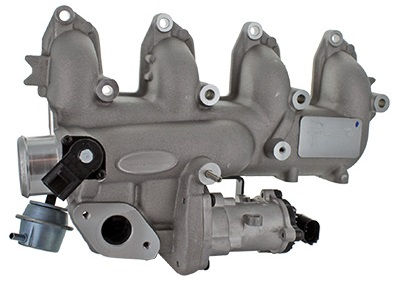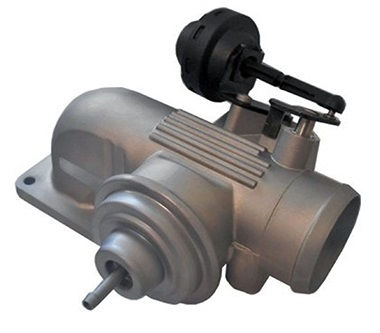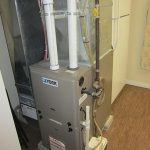Any motor vehicle that is in operation releases different polluting gases with hydrocarbons and carbon oxides, where the control falls directly on the oxidation catalyst, but, the egr valve is the one that has the capacity to register and control the level of oxidation of nitrogen.
For several years, like the 60 in the USA and the 90 in Europe, there was a need to promote anti-pollution policies and measures that help protect the environment. For this reason, it was decided to install in the vehicles a system that recirculates the exhaust gases, which we know as EGR Valve.
Function of EGR Valve
The acronyms give a meaning to the function of this Exhaust Gas Recirculation valve, recirculation of the exhaust gases, as indicated above. Currently, these valves are integrated into any vehicle with a diesel engine, and lately, it has become common to find them in vehicles that work with gasoline.

This piece is located between the intake manifold and the exhaust where it serves as a communicator, thus allowing the exhaust gases to return to the combustion chamber through the intake manifold to burn again. This process produces a decrease in the combustion temperature, which causes it to directly affect the reduction of the nitrogen oxide emitted and thrown out.
It can be said that, as a rule, the EGR valve (https://www.silux.de/produkte/motor/agr-ventil) opens with low throttle load levels, at low engine speeds and when the engine is hot. It does not usually act in the cold when the engine needs more power since its own operation generates a slight loss of it.
Types of EGR valves
The different types of EGR valves that exist work in the same way but in different systems. Next, we will leave you a brief explanation about the types of EGR valves that exist:
Pneumatic EGR Valve
They were the first used EGR, called pneumatic or mechanical. In it, there is a spring responsible for pushing a membrane that will open or close the valve through a rod with a punch at its end for when it receives enough pressure from a solenoid valve, which is controlled by the electric unit of the valve.
The engine will trigger the system by depression and vacuum. This, in the case of cars that work with gasoline, will be the generator by the transmission manifold. And in the case of diesel vehicles, it will be by vacuum pumps. To improve control, some models have potentiometers and temperature sensors.
Electronic EGR valve
These valves were made due to the need to have better control and greater action against the emitted combustion gases. They do not work as in the previous case with vacuum pumps, but with systems similar to the electronic pumps of diesel direct injection engines, which work autonomously.

These valves have a motor coil that receives the current from the motor control unit, opening and closing the passage to the gases that must be recirculated. They bring built-in sensors and potentiometers that verify if the movement takes place in the desired way. With the changes in regulations, it has now become mandatory to find a sneak in the vehicle’s dashboard that can inform us about possible malfunctions of the EGR system.
Also dont miss article entitled “Should You Go for Carpet or Rubber Auto Floor Mats?“.














